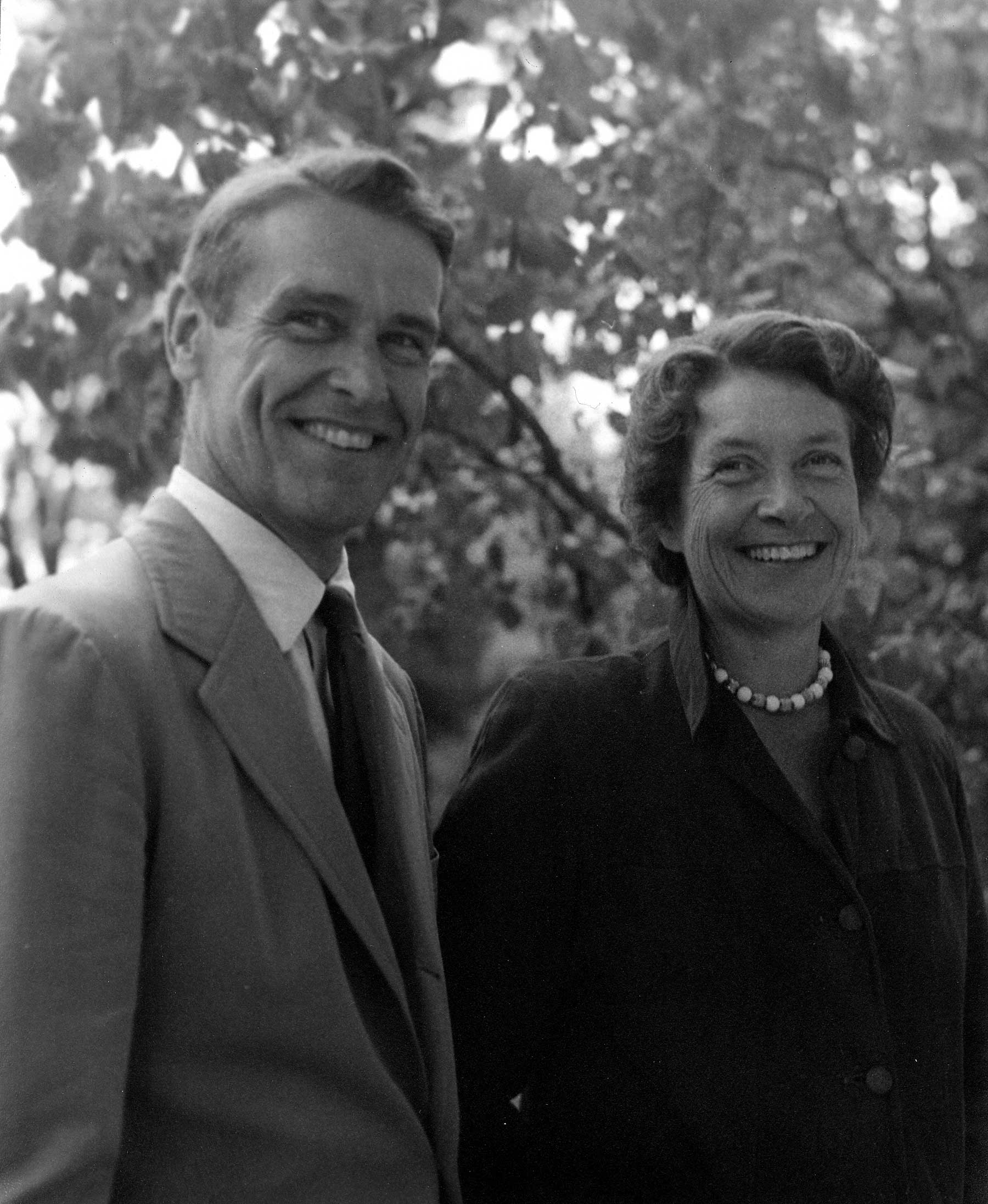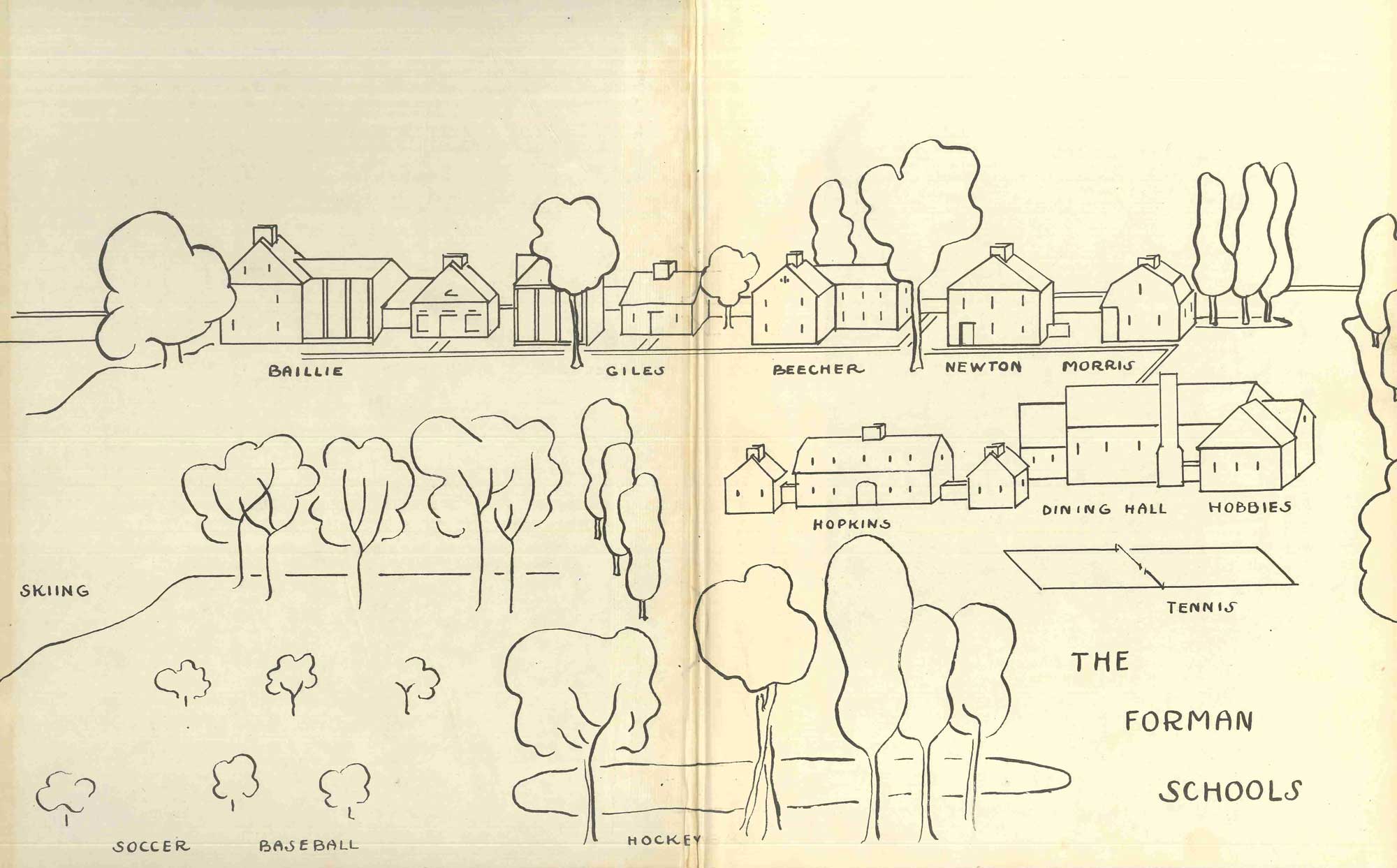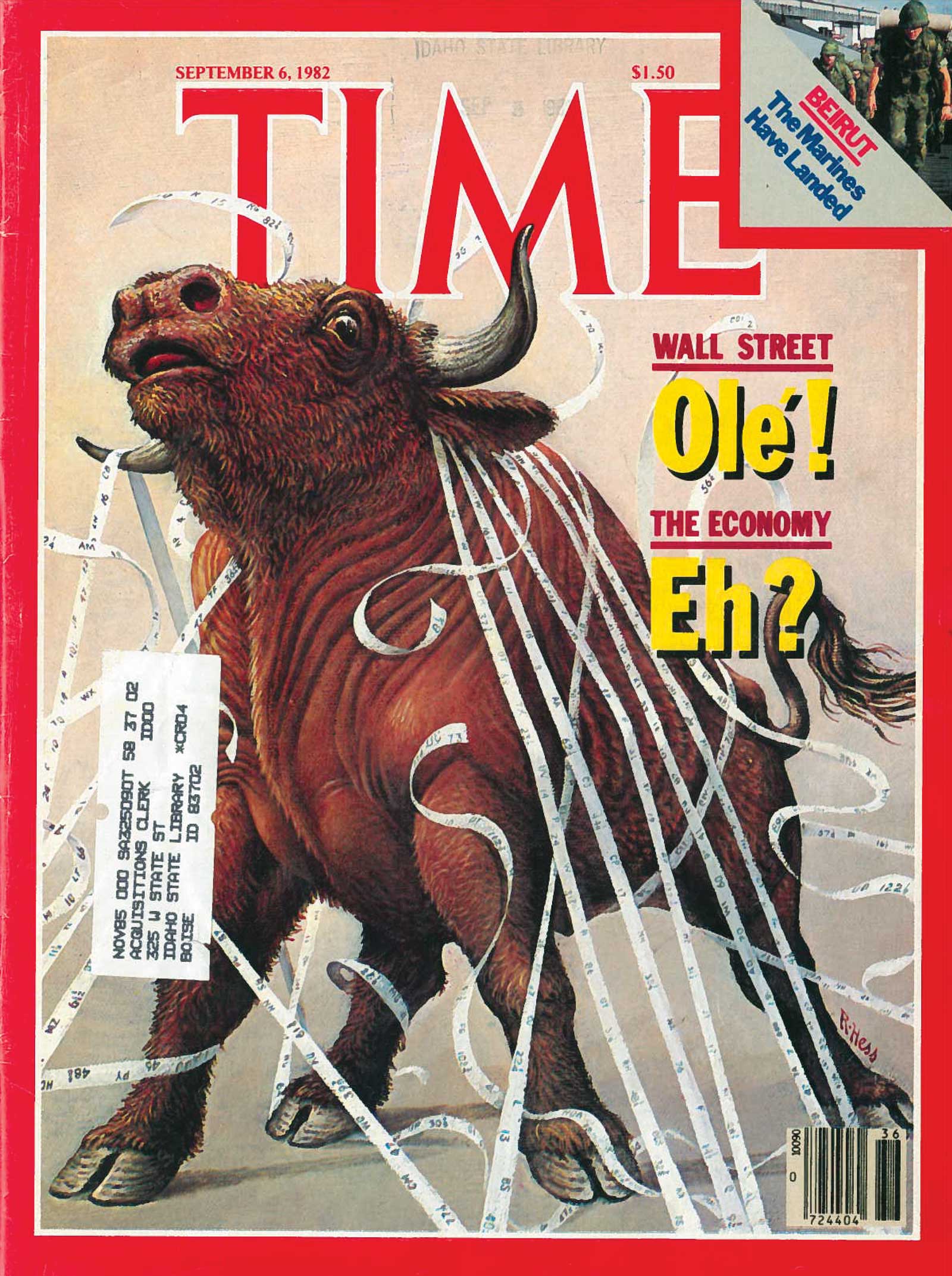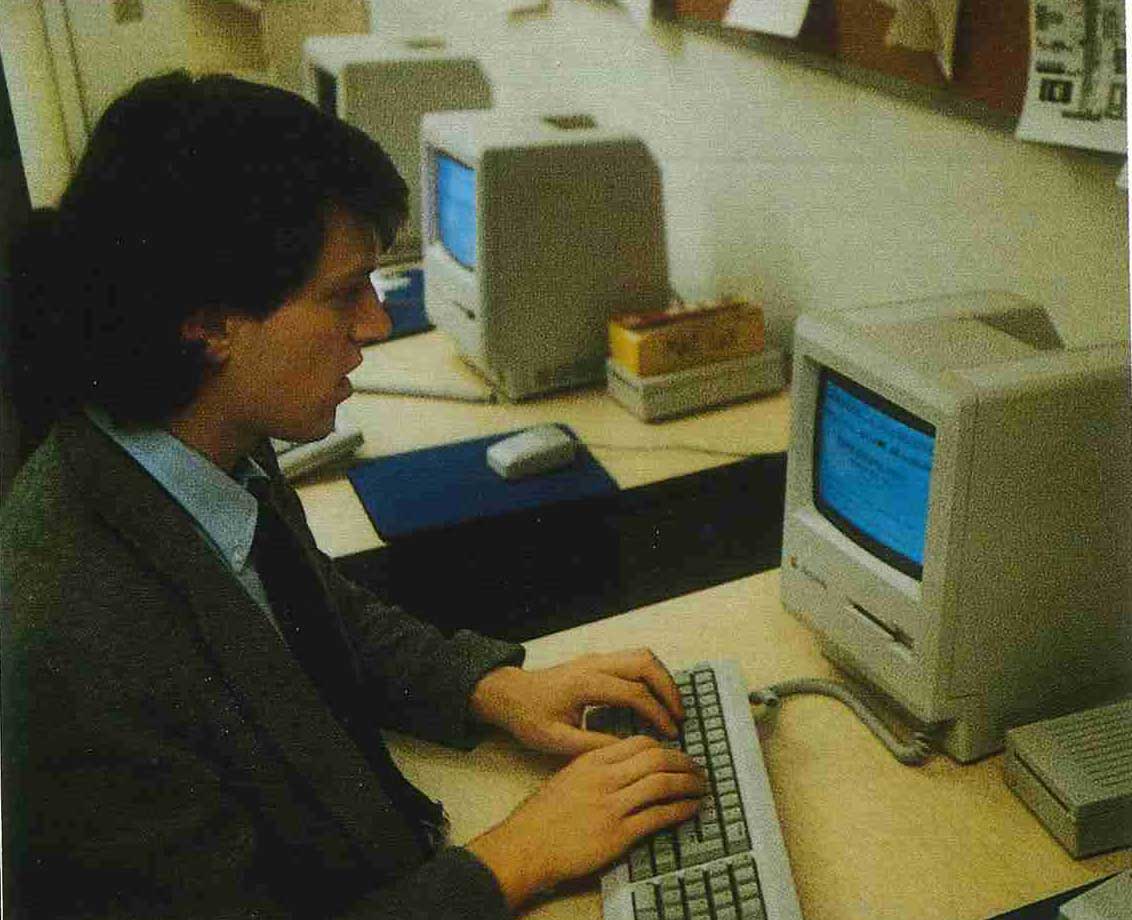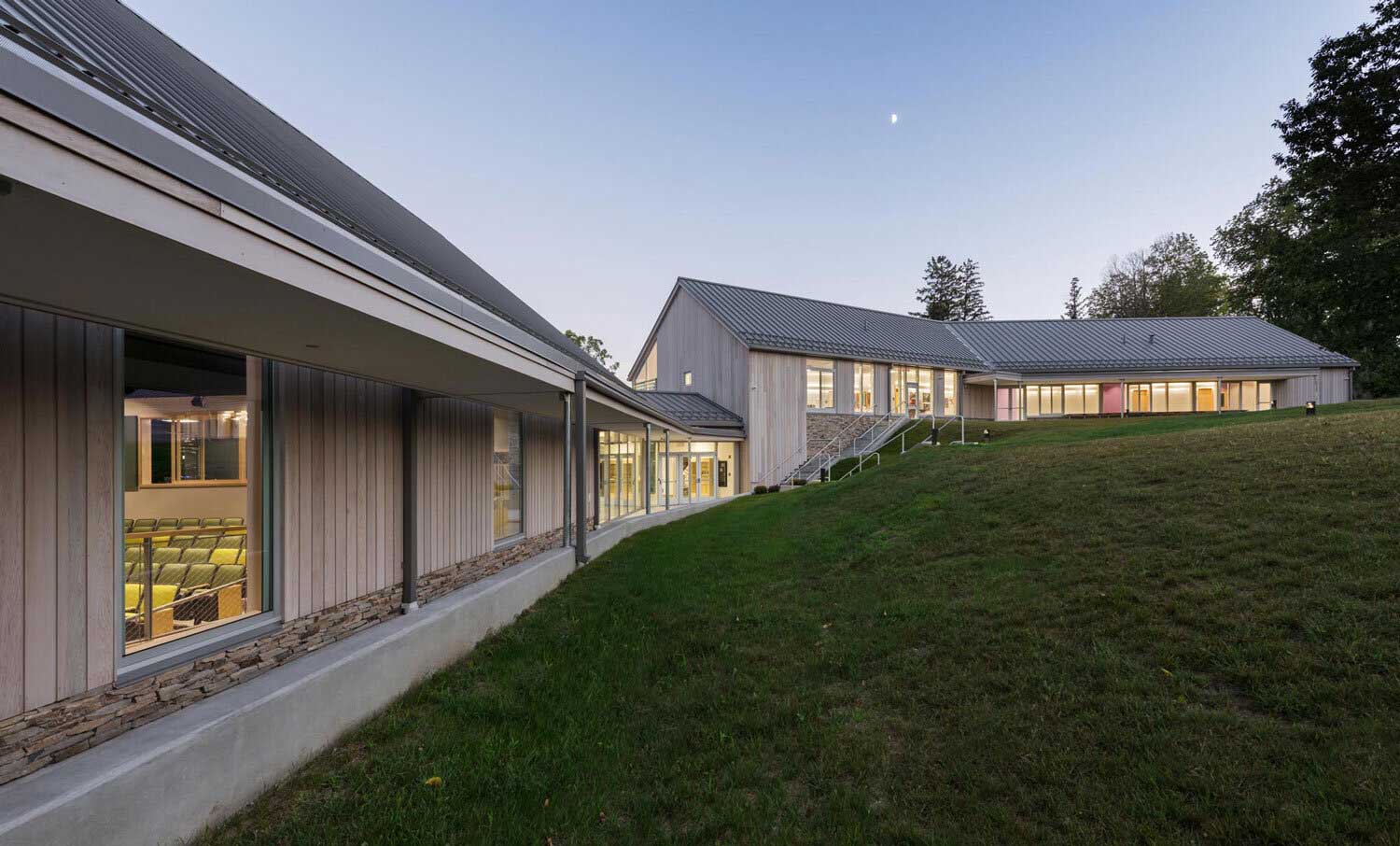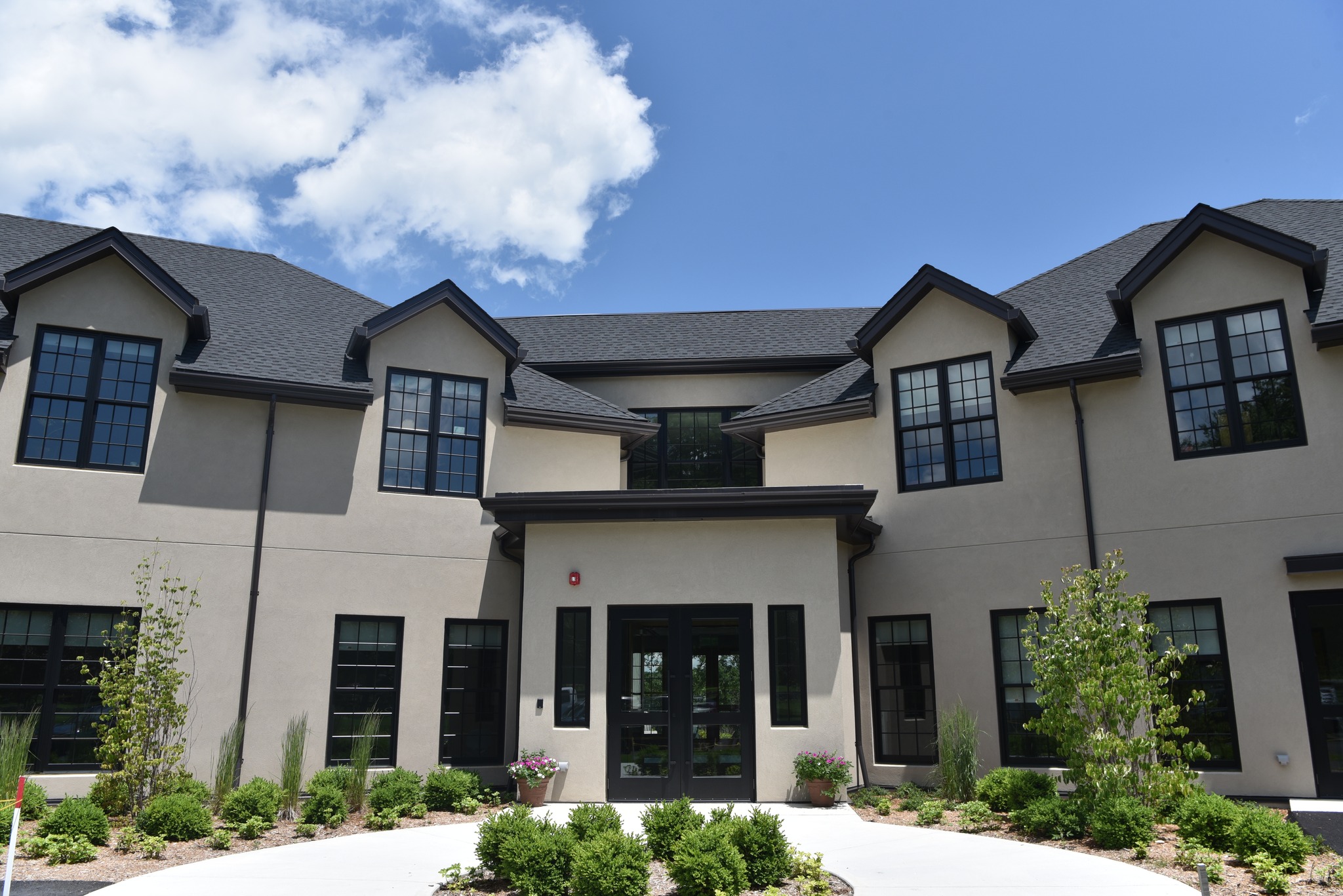Mission Statement
Forman School is an independent, coeducational, college preparatory school for boarding and day students with identified learning differences. Forman develops the whole student, based on each individual’s learning profile, so that all graduates become educated, confident self-advocates throughout life.
Non-Discriminatory Policy
Forman School admits students of any race, color, sex, sexual orientation, gender identity, ancestry, religious affiliation, national and ethnic origin to all the rights, privileges, programs, and activities made available to accepted students. The school does not discriminate in the administration of any institutional programs.
